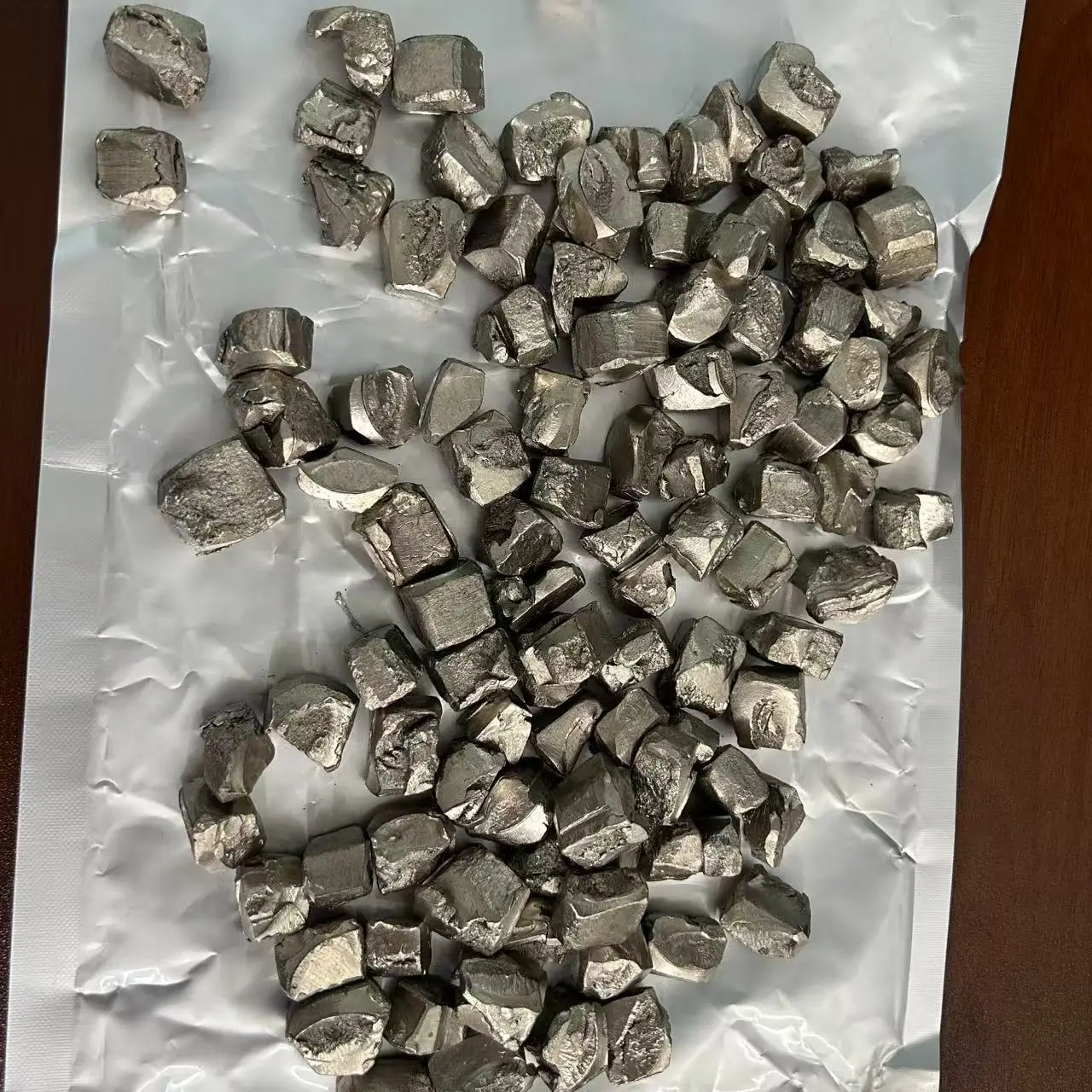Fancymetal offers high purity (customizable) metal products, as well as oxides, product shapes, foils, plates, wires, tubes, rods, powders and a variety of custom shapes.
We also have other ytterbium products:
Ytterbium
Ytterbium metal
Ytterbium sheet
Ytterbium oxide
Ytterbium oxide sputtering target
Ytterbium sputtering target
Ytterbium powder
Ytterbium is a metallic element with the chemical symbol Yb, atomic number 70, atomic weight 173.04, and the element name comes from its place of discovery.
In 1878, Marignac separated ytterbium oxide from erbium earth, and in 1907, Urbain and Wells pointed out that the oxide separated by Marignac was a mixture of lutetium oxide and ytterbium oxide.
Application:
✔ Used to make special alloys. Used in metallurgy and chemical experiments, ytterbium alloys have been used in dentistry
✔Ytterbium has emerged and developed rapidly in the two major fields of optical fiber communication and laser technology
✔ Erbium-ytterbium co-doped phosphate glass is favored by more and more researchers
✔ The spectral characteristics of ytterbium are also used as high-quality laser materials
✔Laser use: High-power ytterbium-doped double-clad fiber lasers are a hot area in international solid laser technology in recent years.
Chemical properties:
Metal ytterbium is silver-gray, ductile, and soft. Ytterbium can be slowly oxidized by air and water at room temperature. Similar to samarium and europium, ytterbium belongs to variable valence rare earths. In addition to being usually positive trivalent, it can also be positive divalent.
Due to this variable valence characteristic, it is not suitable to prepare metal ytterbium by electrolysis, but to use reduction distillation for preparation and purification.
Like samarium and europium, ytterbium can also be separated and purified by wet reduction. Thulium, ytterbium and lutetium concentrates are usually used as raw materials, and ytterbium is reduced to a divalent state after dissolution, resulting in significant differences in properties before being separated from other trivalent rare earths.
Extraction chromatography or ion exchange is usually used to prepare high-purity ytterbium oxide
Advantages:
✔Strict quality control of raw materials and processes
✔Fast delivery: 1-3 days after order confirmation
✔Technical support: 24 hours via email
History:
In 1878, J.C.G.Marignac first isolated ytterbium compounds; in 1907, G.Urbain pointed out that the ytterbium separated by Marignac was composed of two elements, lutetium and ytterbium.
After Mosander separated erbium and terbium from yttrium in 1842, many chemists used spectral analysis to identify that they were not pure oxides of an element, which encouraged chemists to continue to separate them.
In 1878, Swiss chemist Marignac separated the oxide of a new element from bait soil and called this new element ytterbium, with the symbol Yb, which we translate as ytterbium. This name, like the names of yttrium, erbium and terbium, comes from the small town of Ytterby in Sweden where yttrium was first discovered.

